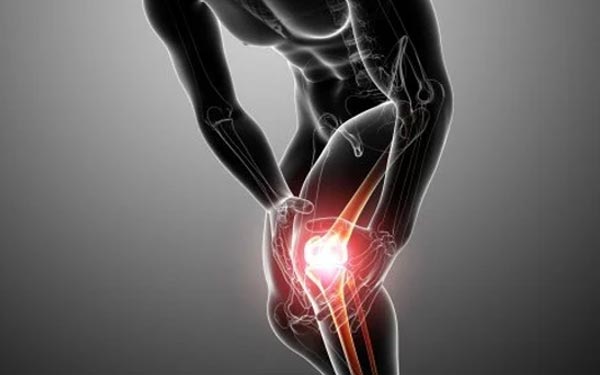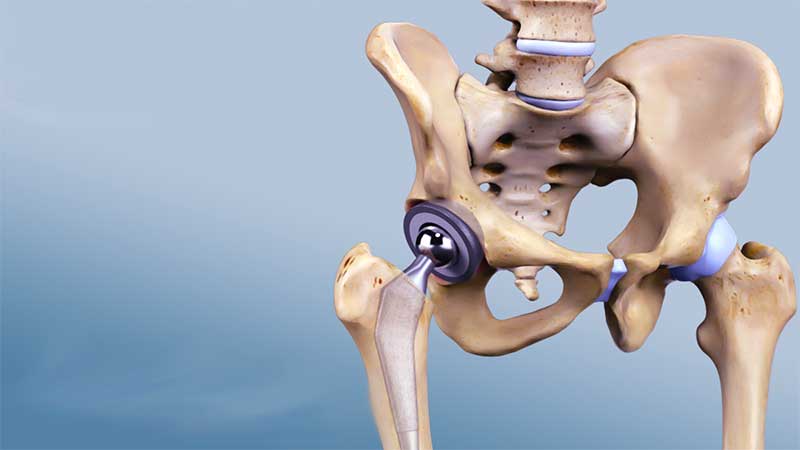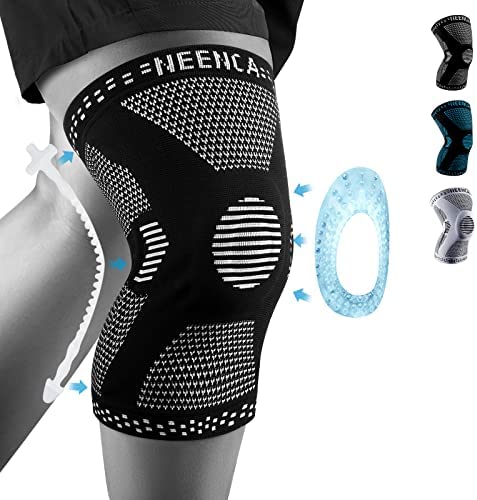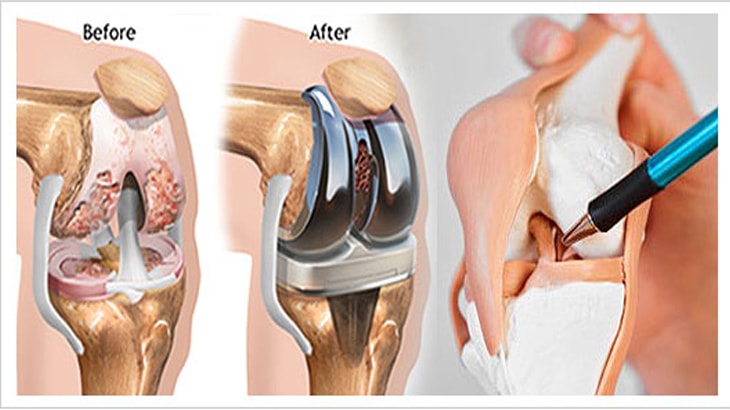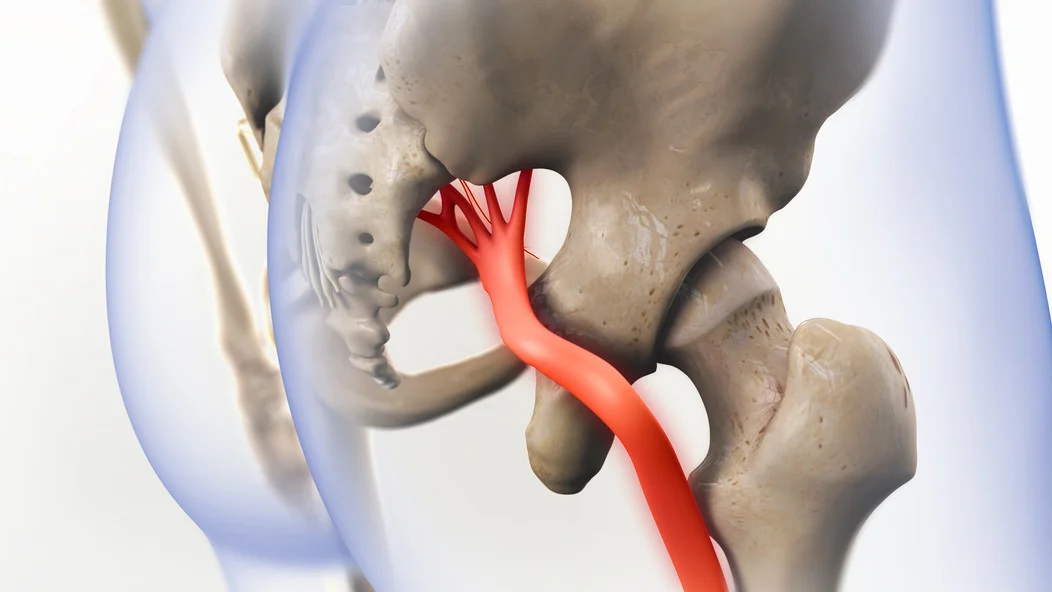What are the reasons for hip replacement? Is the operation dangerous?
Hip replacement surgery may not be necessary in many cases, and for this, we will learn about the most important reasons that require this operation necessarily and what are its complications.
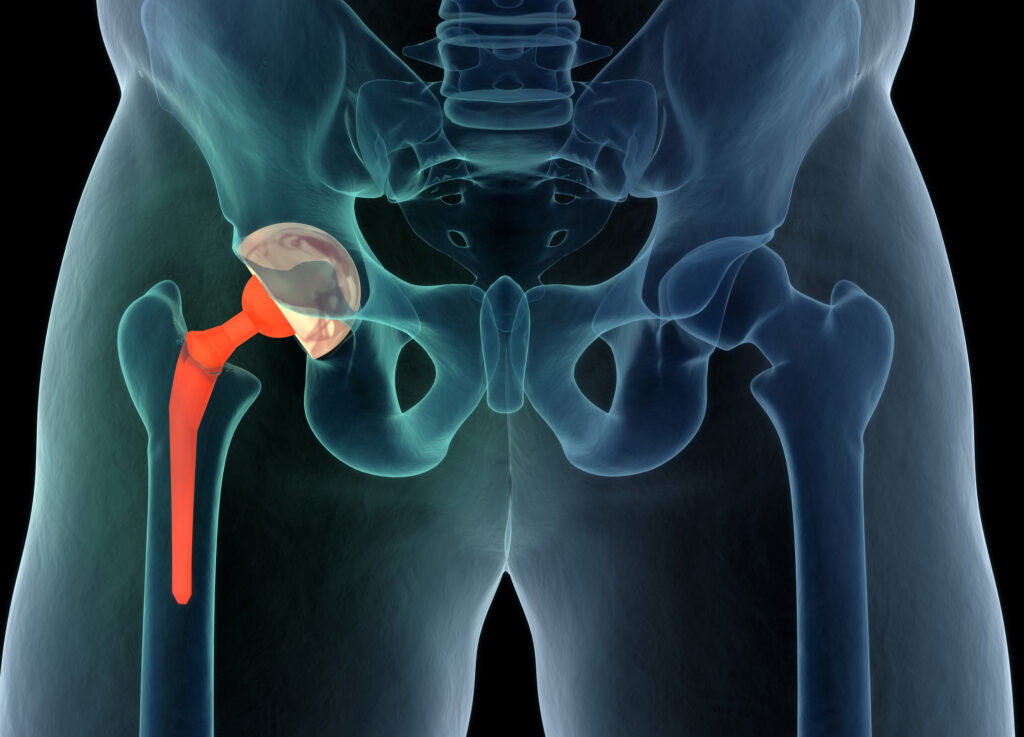
What are the reasons for hip replacement?
Hip joint replacement is performed for children who suffer from inflammation or damage in the hip or its surrounding areas. As for adults, this operation is performed for them if they suffer from osteoarthritis. The hip joint is replaced with an artificial one in the following cases:
- Feeling a sharp pain in the hip that prevents the individual from performing his daily activities normally.
- Hip pain continues throughout the day and night periods without interruption despite taking anti-inflammatory drugs or painkillers, or even resorting to physical therapy to no avail.
- The hip has stiffness, which prevents it from moving completely.
The life span of the artificial hip joint
Through many studies that have been conducted, it has been concluded that the life span of the artificial hip depends on the condition of the individual, his age, and the type of activities that he performs in his life. people after this time.
Is hip replacement surgery dangerous?
Hip replacement surgery, like other operations, may have some complications as a result of making a mistake during the surgery or the patient’s failure to comply with the doctor’s instructions after the operation. Among the complications that the individual may suffer from:
- Infection: The individual may pick up an infection on or inside the wound surface near the prosthesis that has been installed, and this is treated with antibiotics. As for deep infection, it may lead to surgery again, in which the prosthesis may be removed and replaced.
- Blood clots: Blood clots are among the most common symptoms of the operation, which is why doctors prescribe blood-thinning medications.
- Hip dislocation: It is not a common occurrence and it can be put back in place again without the need for surgical intervention.
- Sagging: The artificial part that was installed may sag, and this requires another operation to hold it in place.










